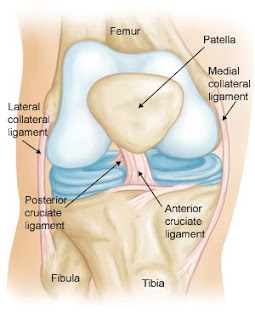Anterior Cruciate Ligament Repair - A Basic Introduction

As an orthopedic surgeon, Dr. Aaron Tragos has treated a variety of lower extremity injuries. In his most recent position at the Munson Orthopedic Clinic in Fort Leavenworth, Kansas, Dr. Aaron Tragos cared for patients with numerous types of knee injuries, including tears of the anterior cruciate ligament.
The anterior cruciate ligament, or ACL, is one of the four structures that connect the bones of the knee joint. It lies just inside the knee joint and helps to keep the shin bone from sliding in front of the thigh bone, while also supporting the rotational and back-to-front stability of the joint.
Injury to the ACL is one of the most common knee injuries among athletes. The individual may notice a popping sound or a feeling of release in the joint when the ligament tears. If not immediately treated, the knee will swell, be painful and tender, and range of motion will be interrupted.
If the tear is minor and does not interfere with joint stability, a physician may recommend bracing and physical therapy. Most patients, however, do require surgery to correct the tear. This most often takes the form of complete ligament reconstruction, as the majority of tears do not respond to suturing.
To surgically reconstruct the ACL, a surgeon will harvest a tissue graft either from the patient's own body or from a donor cadaver. The surgeon will typically wait until the swelling decreases before introducing the graft, so as to minimize scar tissue development. The procedure itself precedes a recovery period in which the ACL strengthens and the patient recovers range of motion and functionality.


Comments
Post a Comment